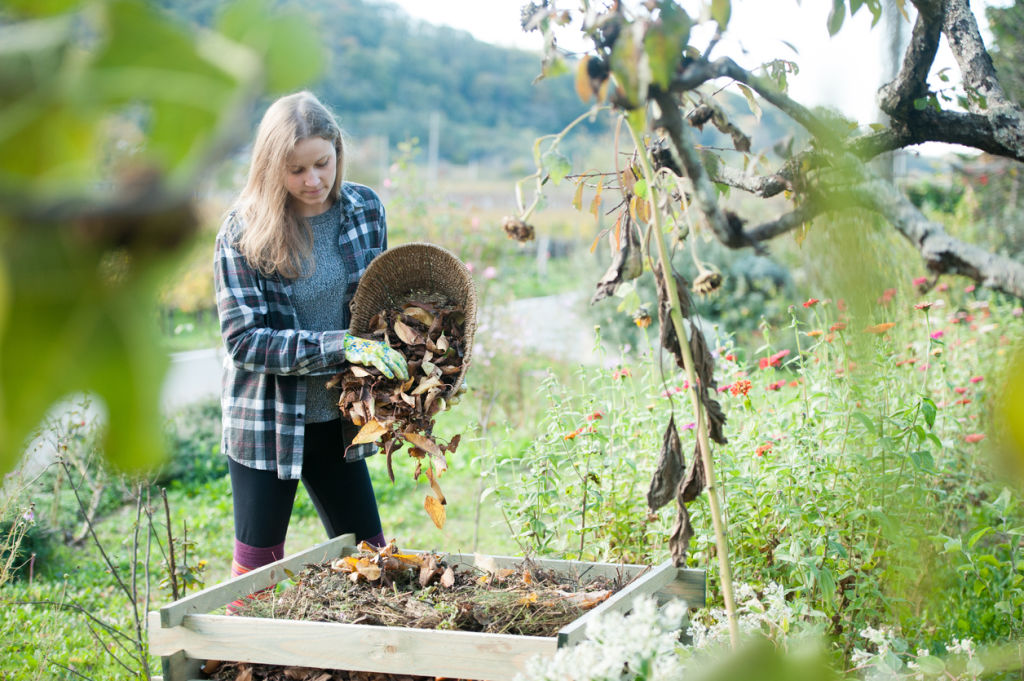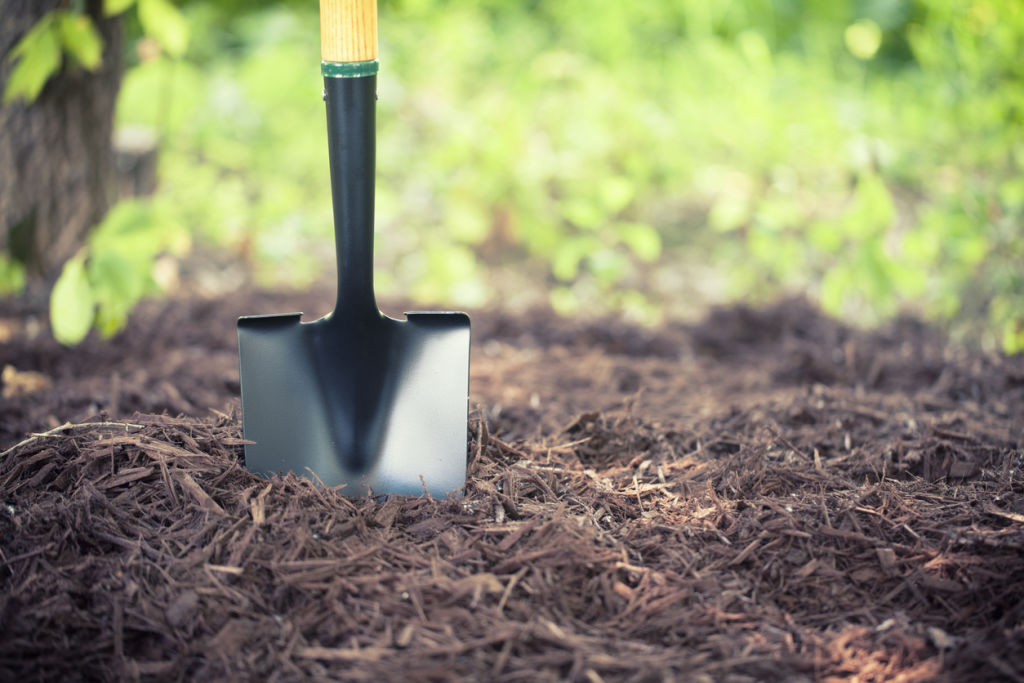The number one sign there's something wrong with your compost and how to fix it

Healthy compost heaps shouldn’t smell bad, and they most certainly shouldn’t provoke a full hazmat reaction as happened at two New Zealand schools on Friday.
There, more than 100 students and teachers were put through a decontamination process, and 10 children were taken to hospital with dizziness, nausea and headaches.
While all have since been discharged with no lasting effects, the incident has been blamed on fresh mushroom compost in a heap on a nearby property, which the children reported as smelling like rotting pig flesh and rotten eggs.
Now that the sulphurous fumes have cleared, it seems timely to revisit some basic composting principles to help you make use of organic waste in your garden without triggering an emergency decontamination response team.
First off, let’s define our terms. Compost is the end product you want to have left after a mix of organic material breaks down. And organic material breaks down because of biological activity – specifically soil bacterial and fungi that eat and then excrete that organic matter, turning it into beautiful crumbly soil-enriching compost.

That compost, if it’s well made, should smell earthy but not unpleasant. But sometimes organic waste can give off a foul stench as it breaks down and there are a variety of reasons for that.
If your compost smells like sulphur or rotten eggs
This happens when your compost heap is decomposing anaerobically, which literally means without oxygen.
- Related: Indira Naidoo’s guide to growing edible blooms
- Related: How often you should be replacing your bed linen
- Related: Decluttering tips that actually work
All those millions of good soil-dwelling bacteria and fungi that you want there, breaking down your veggie peels and green waste into a useful soil enrichment, need oxygen to function. If your compost heap doesn’t provide the oxygen they need, you’ll find anaerobic soil microorganisms there instead. They can work in the no-oxygen environment… but as they do so they produce hydrogen sulfide as a by-product.
If you notice any such pong around your compost heap, check to see it is not too wet or too tightly packed. Water will fill the spaces between the soil particles, so there’s no room for air there, while compaction means there’s no spaces in between the particles for air in the first place.
Compost heaps will also start decomposing anaerobically when they contain too much “green” or nitrogen-rich material – that’s veggie scraps, grass clippings and plant waste; and not enough “brown” or carbon-rich organic matter – such as dried leaves, torn up newspaper or cardboard, or straw.
Luckily whether your heap is wet, compacted or your carbon to nitrogen ratio is off, the solution is the same. Add some “brown” material and turn your heap using a pitch fork to get some air in for those helpful soil microorganisms.

If your compost smells like ammonia
Again this happens when your compost heap contains too much “green” or nitrogen-rich material, and so starts giving off the excess nitrogen (N) in the form of ammonia (NH3).
And so the solution is once again to add more carbon-containing organic matter and turn it into your heap to mix it in thoroughly.
If your compost smells like rotten meat
The obvious reason your compost will start to reek of decaying meat is you’ve added, well, meat to it and it’s starting to decay.
Meats, fat and dairy all give off putrid odours as they break down, as well as attracting the likes of rats and blowflies, so it’s not a good idea to add any of them to your home compost (although if you do want to compost meat or dairy, try using a bokashi system).
Three simple rules to avoid stinky compost
- A properly made compost heap shouldn’t smell bad and if it does you need to add carbon-rich material or turn the heap, probably both. You should aim to turn compost every week or so, maybe more often in hot weather.
- By properly made, I mean a compost heap should contain a mix of suitable carbon-rich (brown) and nitrogen-rich (green) material. Aim for about three parts brown to one part green.
- And remember, small pieces are better. Chopping or shredding leaves, plant matter and vege scraps will increase their surface air, and therefore the amount of air available to the composting microorganisms.
– This originally appeared on Stuff
We recommend
We thought you might like
States
Capital Cities
Capital Cities - Rentals
Popular Areas
Allhomes
More
- © 2025, CoStar Group Inc.






